
How WS1 Helped the World in Combating the Overheating Problem
2023-03-03 03:11:12
There’s no denying that our globe is becoming warmer. It's critical to monitor and address potential threats; that's where WS1 steps in to save the day!
Overheating in residential structures throughout the summer is becoming a bigger worry since global warming is no longer a secret but a menace. Over 70,000 people died during the 2003 pan-European heatwave, which brought the issue to light. High-temperature indoor surroundings raise the chance of death. Overheating can impact inhabitants' efficiency and academic performance, and health. Additionally, overheating may lead to higher energy costs and carbon emission levels. It is anticipated that rising ambient temperatures will increase the energy needed to cool buildings. We have the problem, but where’s the solution?
In that manner, China's Harbin Institute of Technology conducted a thesis published in the ELSEVIER journal. It addressed the issue of overheating in homes in China's colder regions and how the WS1 temperature sensor was used to track indoor temperatures in four Chinese cities and provided information for their research. The study concentrates on the phenomena of building overheating, which raises the risk of overheating, as well as the global trend of global warming. The information offered by WS1 is helpful and may also be utilized to make recommendations for policymakers thinking about low-carbon building plans and thermal comfort laws.
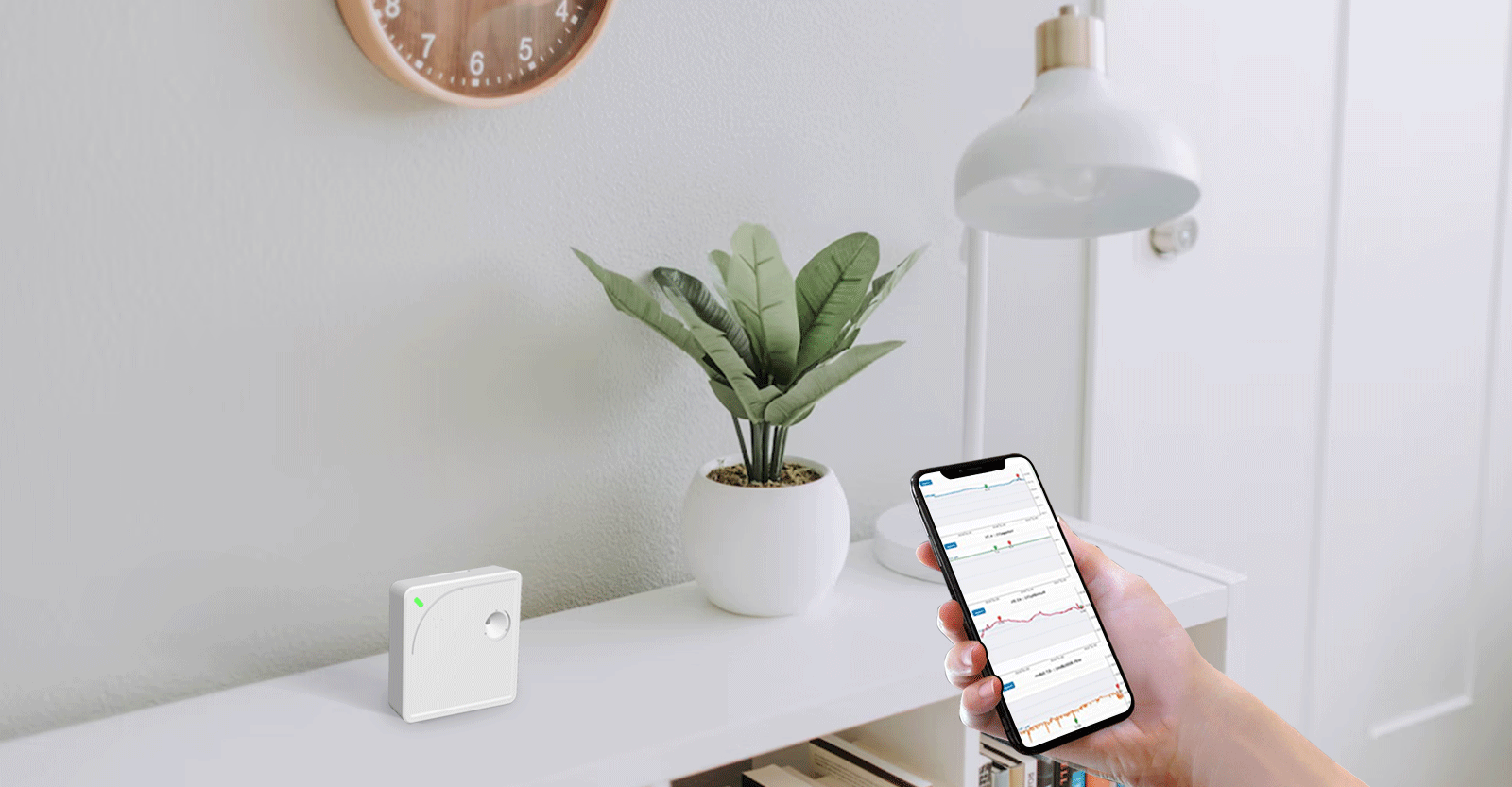
WS1 monitored four cold locations in China for the thesis. All of the chosen residences were newly constructed, strengthened, and included two bedrooms and a living area that faced south (facing south and north). UbiBot- WS1 sensors gathered information from the living room, two bedrooms, and the indoor operational temperature every five minutes. These sensors can monitor the indoor operating temperature and simultaneously upload the measurement data across the network. They have a measuring range of -20 °C to 60 °C. The sensors were mounted on the walls of each chosen room to protect them from direct sunlight. A total of 3672 hourly temperature records in each area of the observed building were gathered after basic information from each period was sorted.
The recorded data show that overheating occurs to variable degrees in locations that experience extreme cold. People frequently reject adequate natural ventilation due to the noisy environment or the unpredictability of the nighttime weather. Additionally, weaker people want to remain in warmer climates, which can be dangerous. Hence, it is advised that when people are exposed to considerable overheating risk in these areas, they be given guidance and precautions be taken to guard against heat in the bedroom. The risk of overheating in the living rooms remains due to global warming. Given the global warming predictions and the rising frequency of heatwaves, there could be an overheating problem in extremely cold and frigid regions.
WS1 measurements in recently constructed homes in these sub-regions provided concrete proof of the severity of the overheating. In various subregions, the level of overheating intensity surpassed the requirements. According to data collected by WS1, it is recommended that China's construction policy and associated design specifications consider the trade-off between retaining heat in the winter and preventing overheating in the summer. Therefore, some changes to the existing national laws and design standards are recommended. In places with extreme cold and cold climates, it should be advised to include heat protection needs such as ventilation and envelope design management due to the changing environment and rising likelihood of heatwaves. The findings gathered by WS1 offer helpful information and direction for developing low-carbon construction plans and thermal environment building rules.
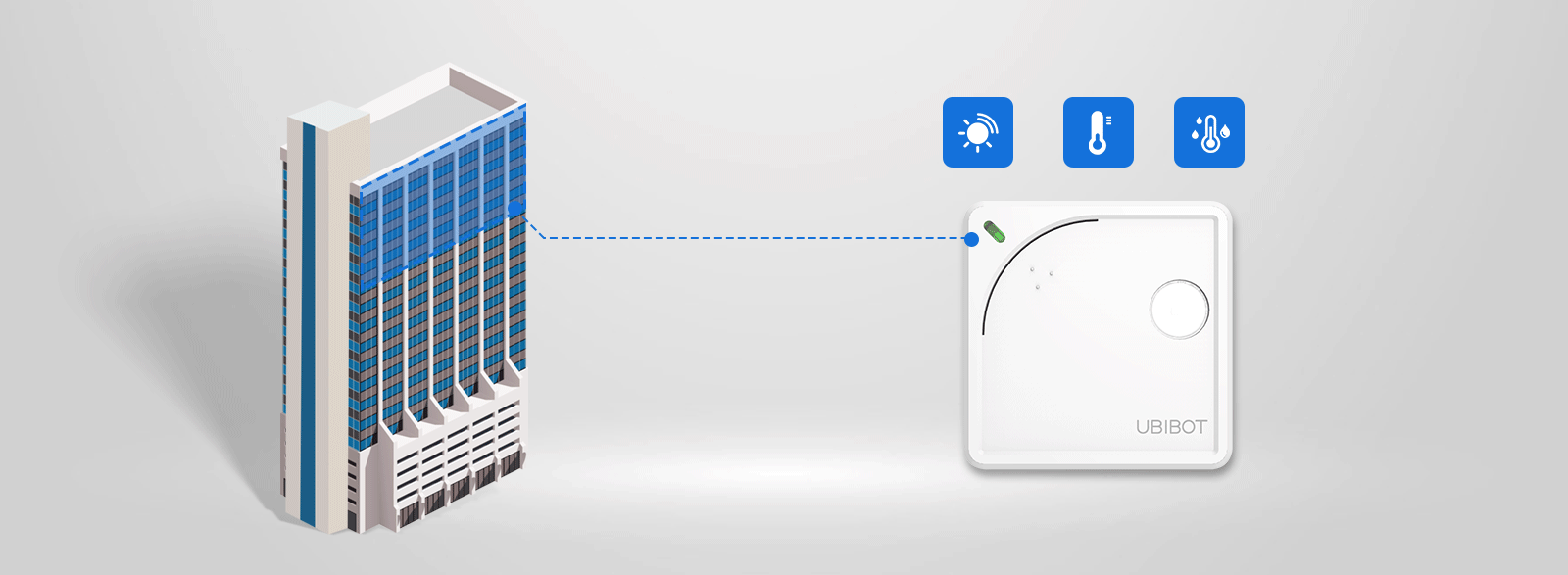
Since you've already seen how much fantastic work WS1 has accomplished, it's time to find out what makes it unique.
A cloud-based data recorder for environmental monitoring is called UbiBot- WS1. It is light and small in size. Its integrated industrial-grade sensors can provide precise measurements of environmental conditions by keeping track of temperature, humidity, and light source values. With a WiFi network connection, it instantly synchronizes data to the UbiBot IoT Platform, permitting you to view your data remotely from any PC in the globe via the UbiBot App or Web Console platform and observe it instantaneously.
The external temperature sensor, which can be utilized in severe environments, including liquids, freezers, and refrigerators, is also supported by WS1.
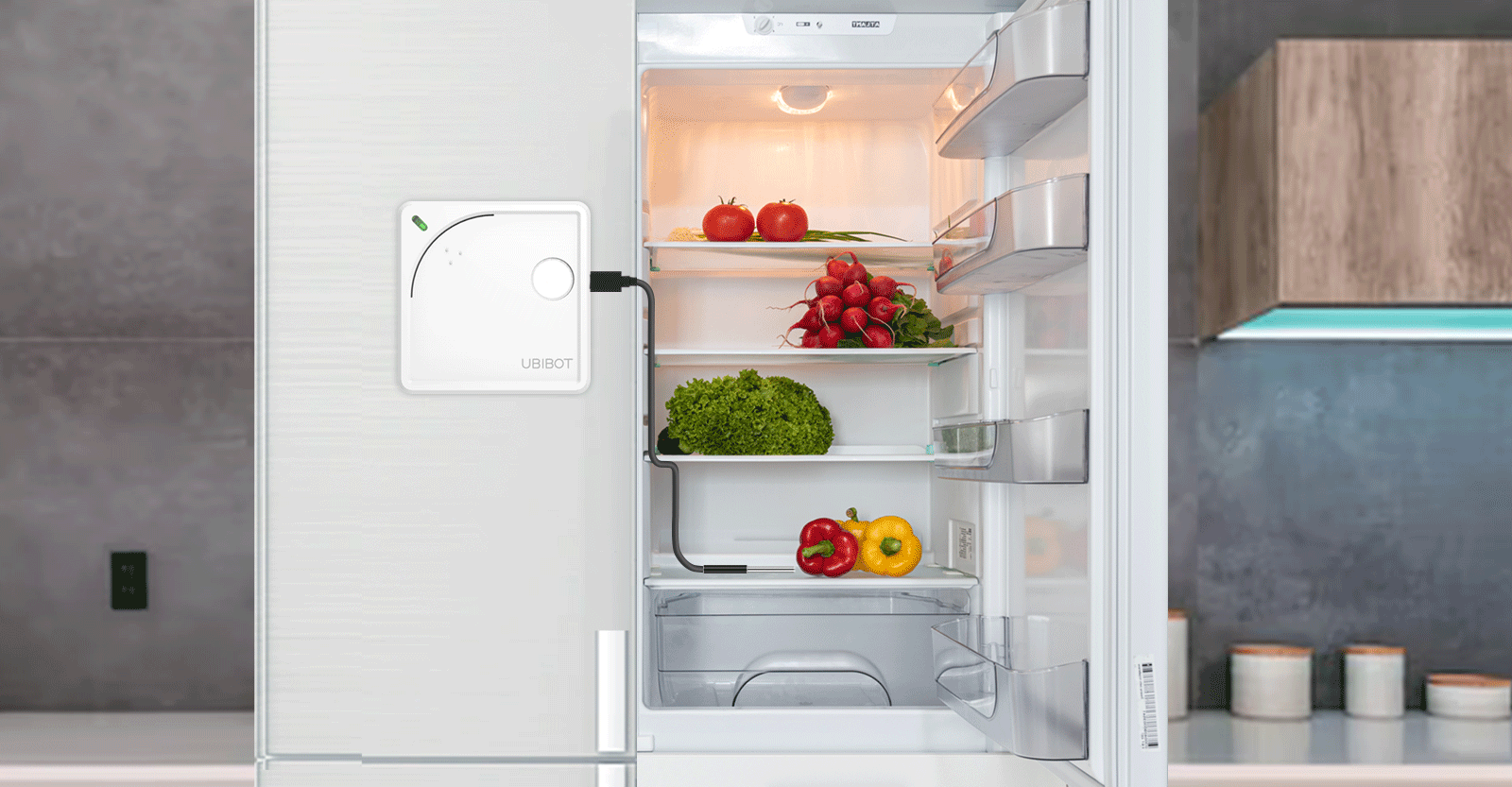
Now, it’s time to explore some of the functions!
#1: Easy to Install
With a simple setup using the PC Tools or Ubibot App, you can have WS1. With WS1, 2.4GHz WiFi is supported without a hub (5GHz WiFi is not supported). The update rate for WS1 is at least about a minute so that you won't miss anything.
#2: Remote Control
To ensure that you got all the things, WS1 offers you free history tracking and 24/7 remote monitoring. Free 50MB of cloud storage is sufficient for two years of data. Even while on a trip abroad or work assignment, you can check the current conditions remotely with WS1 and your mobile device nearby.
#3: High Accuracy
All UbiBot products have high-accuracy sensors that have been previously tested before leaving the factory. Conditions - 20°C to +60°C (-4°F to 140°F), 10% to 90% RH, are suitable for WS1 (No condensation). High temperatures (ranging from -55°C to 125°C) can be connected to WS1 functionalities with additional external sensor(UB-DT-P1).
#4: Alerts
Numerous alert types, including app push, email, voice call, SMS, and API/HTTP forwarding, are supported by the UbiBot app and web console. The WS1 has a sizable onboard memory and keeps gathering and storing data even when the network is offline. You will be alerted if the network ever malfunctions.
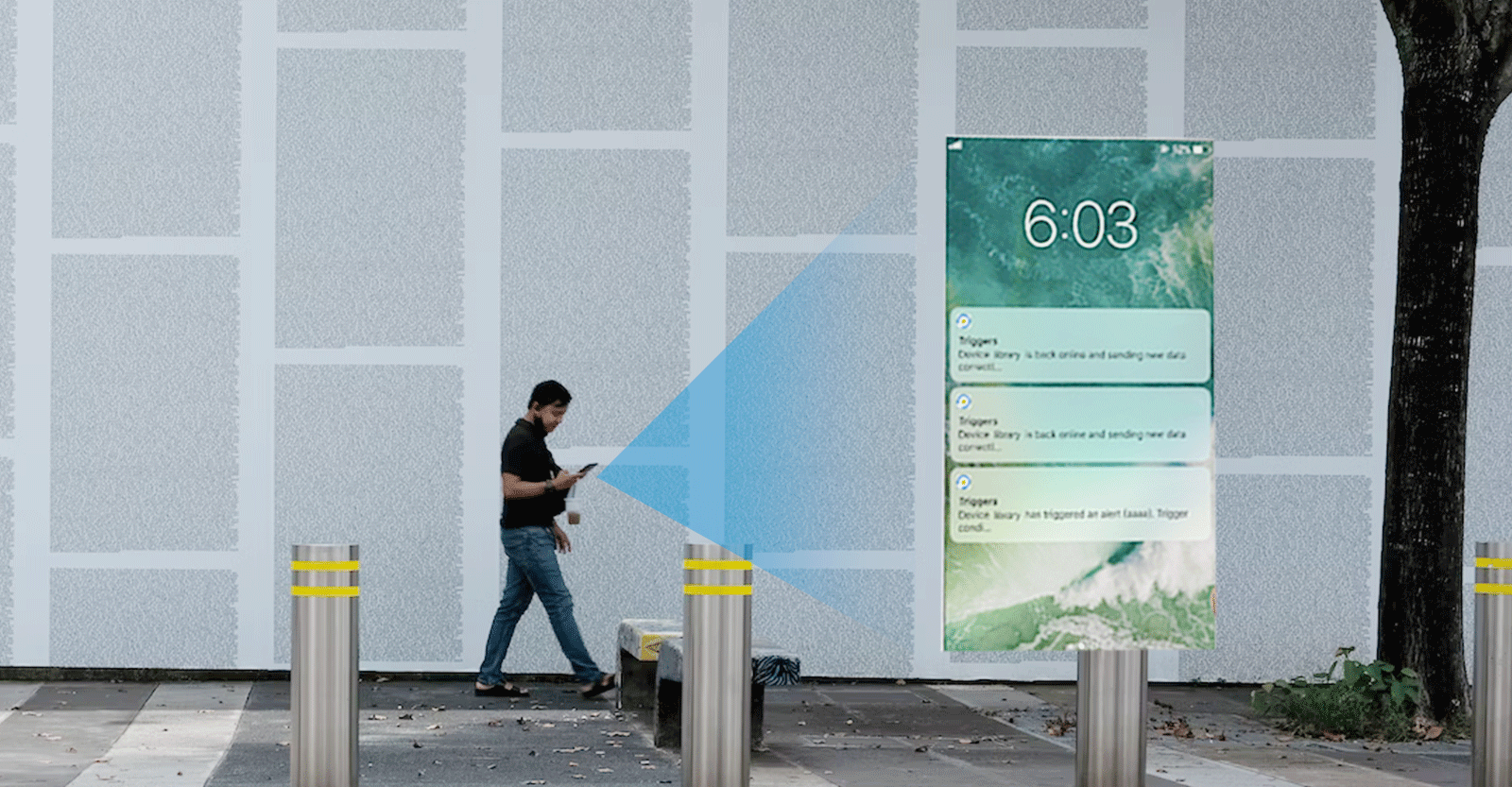
#5: Numerous Applications
Multi-sensor WS1 has been employed in many domains, including intelligent agriculture, inventory control, medicinal storage, and server room monitoring, thanks to its wireless monitoring and digital access to the data.
#6: Voice Control
IFTTT, Alexa, Google Assistant, and Google Sheets are compatible with WS1.
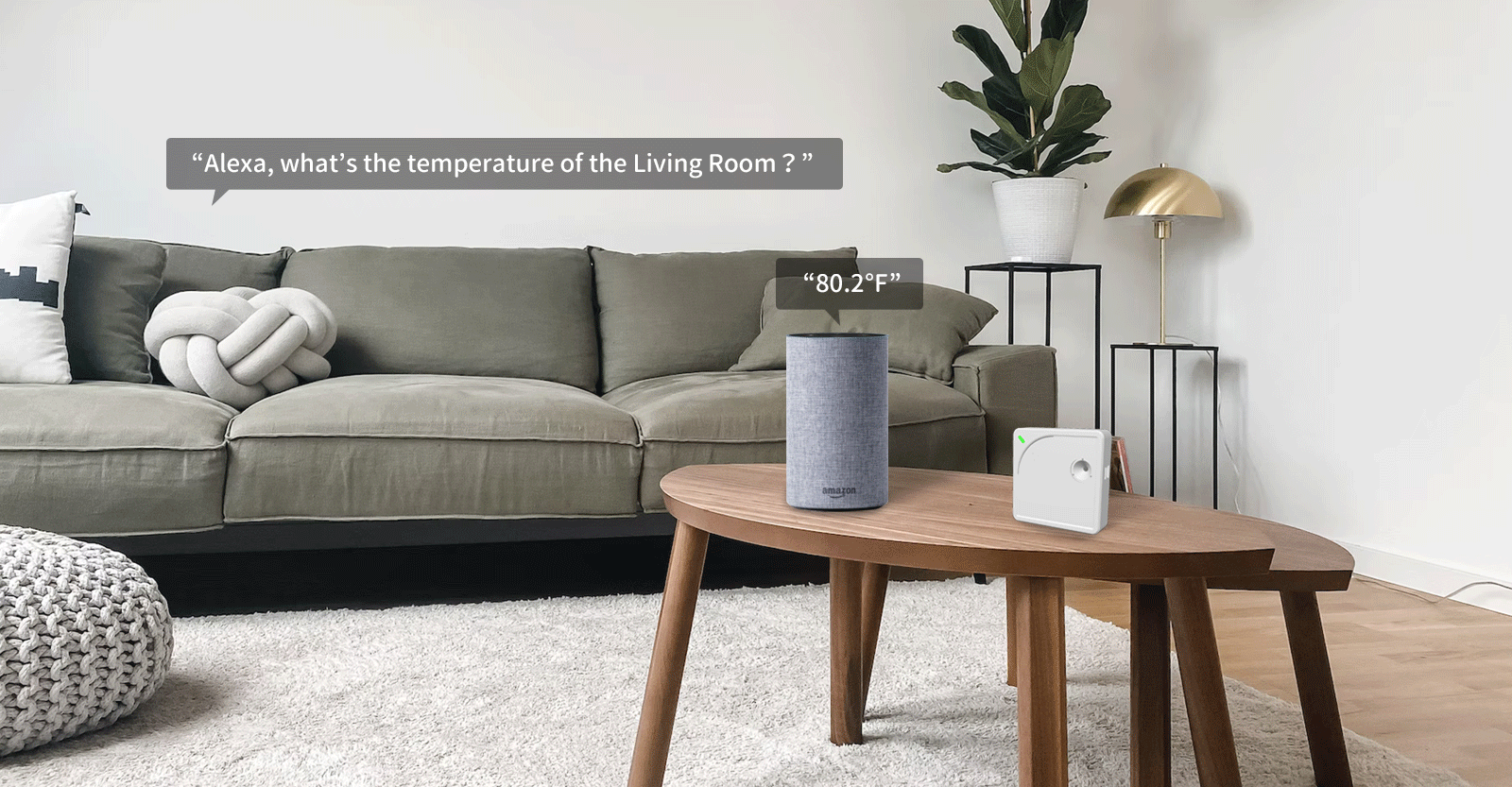
Conclusion
As we can see from the outstanding functions of WS1 that have already been mentioned, there is no question that its monitoring and measurements helped the study, and they found a solution that, while it may not completely solve the problem, provided important information about how serious the issue of global warming is and how to safeguard against its potential dangers.
WS1 is more than a sensor; it's necessary for the future!
How WS1 Helped the World in Combating the Overheating Problem
Overheating in residential structures throughout the summer is becoming a bigger worry since global warming is no longer a secret but a menace. Over 70,000 people died during the 2003 pan-European heatwave, which brought the issue to light. High-temperature indoor surroundings raise the chance of death. Overheating can impact inhabitants' efficiency and academic performance, and health. Additionally, overheating may lead to higher energy costs and carbon emission levels. It is anticipated that rising ambient temperatures will increase the energy needed to cool buildings. We have the problem, but where’s the solution?
In that manner, China's Harbin Institute of Technology conducted a thesis published in the ELSEVIER journal. It addressed the issue of overheating in homes in China's colder regions and how the WS1 temperature sensor was used to track indoor temperatures in four Chinese cities and provided information for their research. The study concentrates on the phenomena of building overheating, which raises the risk of overheating, as well as the global trend of global warming. The information offered by WS1 is helpful and may also be utilized to make recommendations for policymakers thinking about low-carbon building plans and thermal comfort laws.

The Phenomenon of Overheating and Its Potential Consequences
WS1 monitored four cold locations in China for the thesis. All of the chosen residences were newly constructed, strengthened, and included two bedrooms and a living area that faced south (facing south and north). UbiBot- WS1 sensors gathered information from the living room, two bedrooms, and the indoor operational temperature every five minutes. These sensors can monitor the indoor operating temperature and simultaneously upload the measurement data across the network. They have a measuring range of -20 °C to 60 °C. The sensors were mounted on the walls of each chosen room to protect them from direct sunlight. A total of 3672 hourly temperature records in each area of the observed building were gathered after basic information from each period was sorted.
The recorded data show that overheating occurs to variable degrees in locations that experience extreme cold. People frequently reject adequate natural ventilation due to the noisy environment or the unpredictability of the nighttime weather. Additionally, weaker people want to remain in warmer climates, which can be dangerous. Hence, it is advised that when people are exposed to considerable overheating risk in these areas, they be given guidance and precautions be taken to guard against heat in the bedroom. The risk of overheating in the living rooms remains due to global warming. Given the global warming predictions and the rising frequency of heatwaves, there could be an overheating problem in extremely cold and frigid regions.
WS1 measurements in recently constructed homes in these sub-regions provided concrete proof of the severity of the overheating. In various subregions, the level of overheating intensity surpassed the requirements. According to data collected by WS1, it is recommended that China's construction policy and associated design specifications consider the trade-off between retaining heat in the winter and preventing overheating in the summer. Therefore, some changes to the existing national laws and design standards are recommended. In places with extreme cold and cold climates, it should be advised to include heat protection needs such as ventilation and envelope design management due to the changing environment and rising likelihood of heatwaves. The findings gathered by WS1 offer helpful information and direction for developing low-carbon construction plans and thermal environment building rules.

Functions of WS1
Since you've already seen how much fantastic work WS1 has accomplished, it's time to find out what makes it unique.
A cloud-based data recorder for environmental monitoring is called UbiBot- WS1. It is light and small in size. Its integrated industrial-grade sensors can provide precise measurements of environmental conditions by keeping track of temperature, humidity, and light source values. With a WiFi network connection, it instantly synchronizes data to the UbiBot IoT Platform, permitting you to view your data remotely from any PC in the globe via the UbiBot App or Web Console platform and observe it instantaneously.
The external temperature sensor, which can be utilized in severe environments, including liquids, freezers, and refrigerators, is also supported by WS1.

Now, it’s time to explore some of the functions!
#1: Easy to Install
With a simple setup using the PC Tools or Ubibot App, you can have WS1. With WS1, 2.4GHz WiFi is supported without a hub (5GHz WiFi is not supported). The update rate for WS1 is at least about a minute so that you won't miss anything.
#2: Remote Control
To ensure that you got all the things, WS1 offers you free history tracking and 24/7 remote monitoring. Free 50MB of cloud storage is sufficient for two years of data. Even while on a trip abroad or work assignment, you can check the current conditions remotely with WS1 and your mobile device nearby.
#3: High Accuracy
All UbiBot products have high-accuracy sensors that have been previously tested before leaving the factory. Conditions - 20°C to +60°C (-4°F to 140°F), 10% to 90% RH, are suitable for WS1 (No condensation). High temperatures (ranging from -55°C to 125°C) can be connected to WS1 functionalities with additional external sensor(UB-DT-P1).
#4: Alerts
Numerous alert types, including app push, email, voice call, SMS, and API/HTTP forwarding, are supported by the UbiBot app and web console. The WS1 has a sizable onboard memory and keeps gathering and storing data even when the network is offline. You will be alerted if the network ever malfunctions.

#5: Numerous Applications
Multi-sensor WS1 has been employed in many domains, including intelligent agriculture, inventory control, medicinal storage, and server room monitoring, thanks to its wireless monitoring and digital access to the data.
#6: Voice Control
IFTTT, Alexa, Google Assistant, and Google Sheets are compatible with WS1.

Conclusion
As we can see from the outstanding functions of WS1 that have already been mentioned, there is no question that its monitoring and measurements helped the study, and they found a solution that, while it may not completely solve the problem, provided important information about how serious the issue of global warming is and how to safeguard against its potential dangers.
WS1 is more than a sensor; it's necessary for the future!